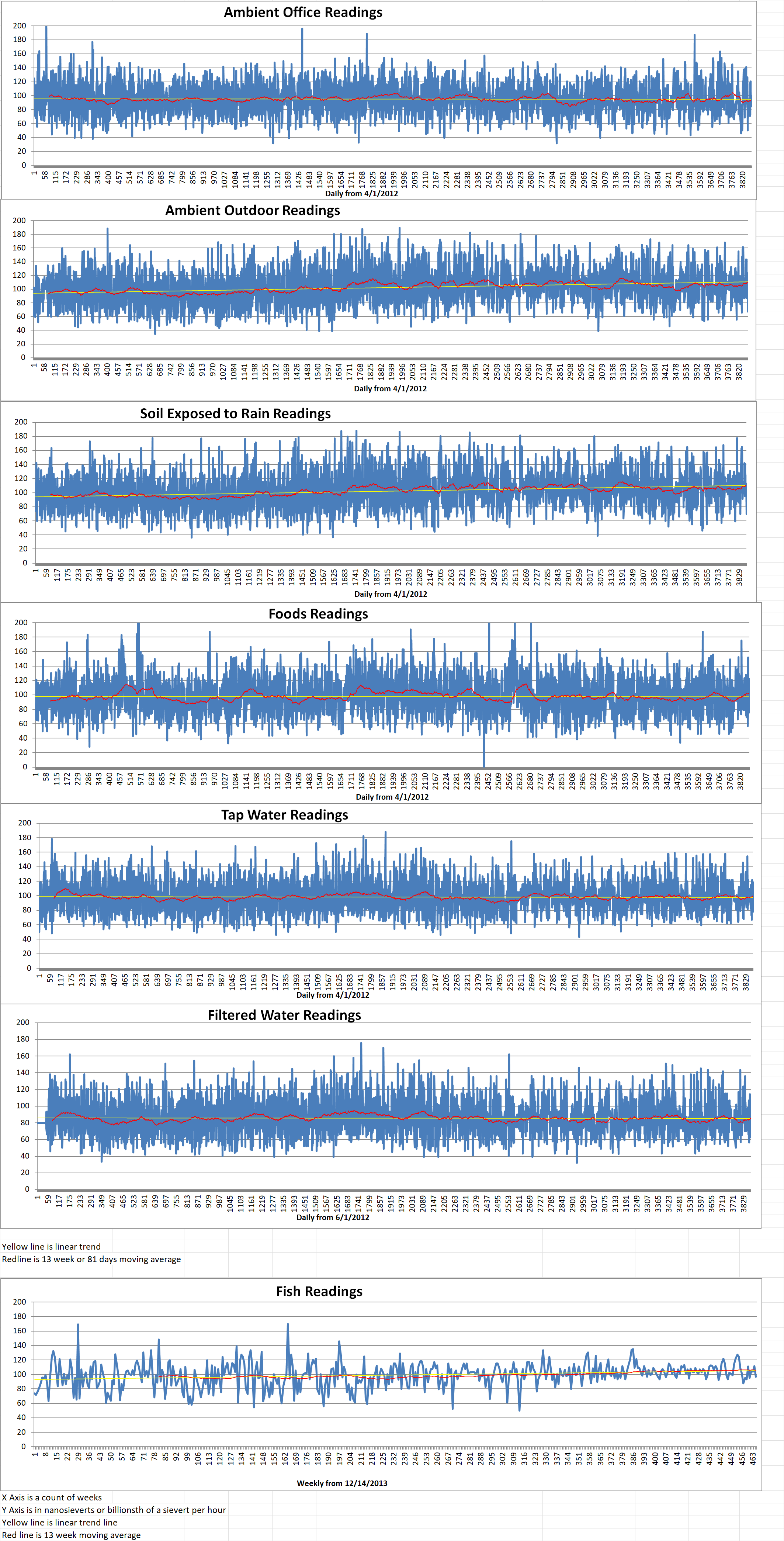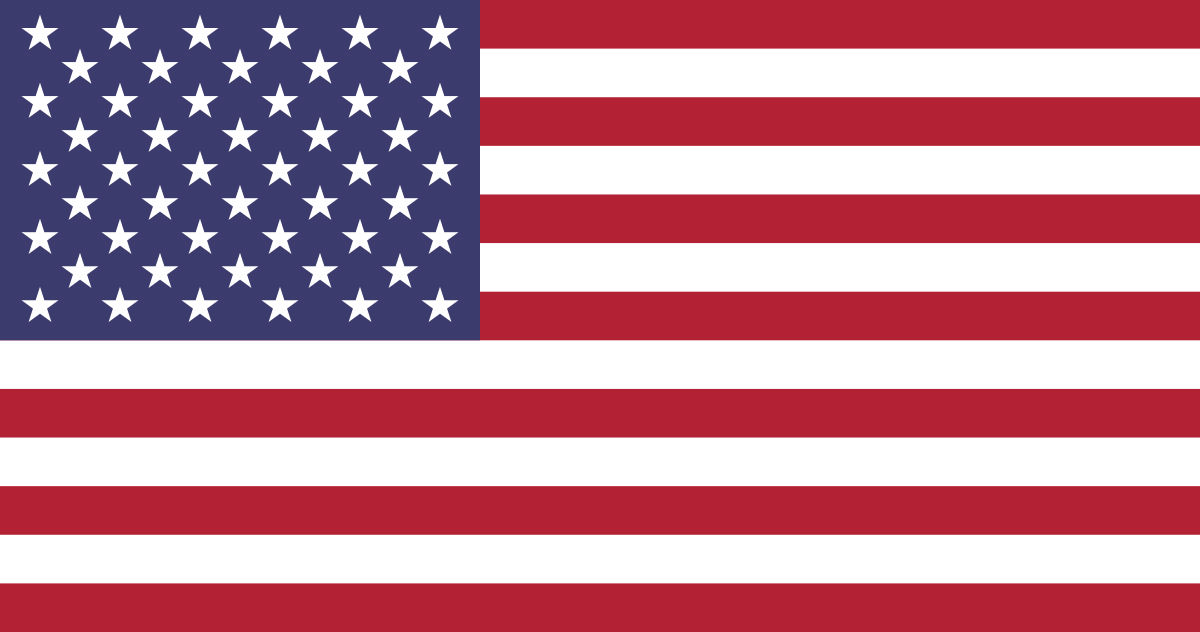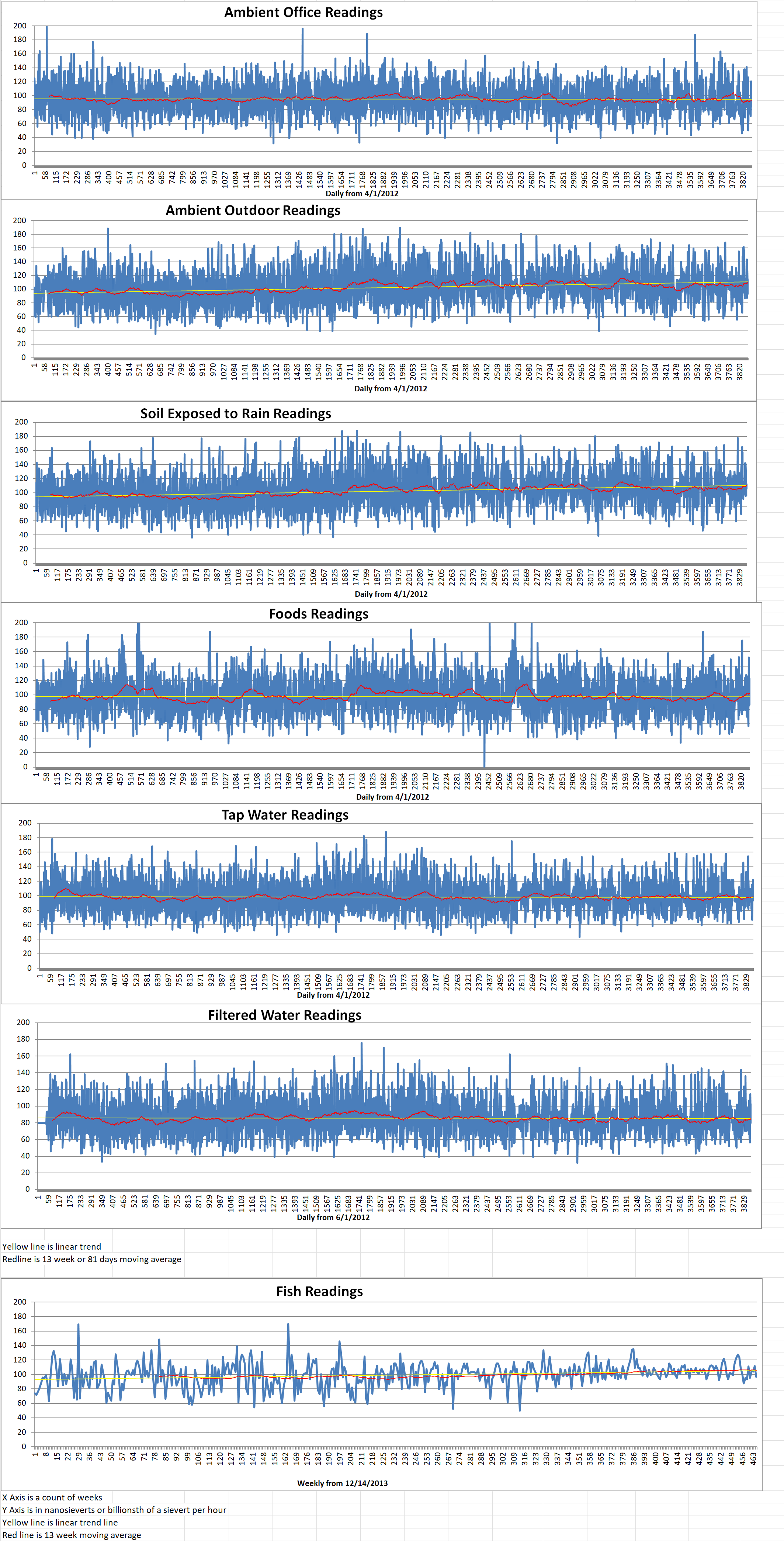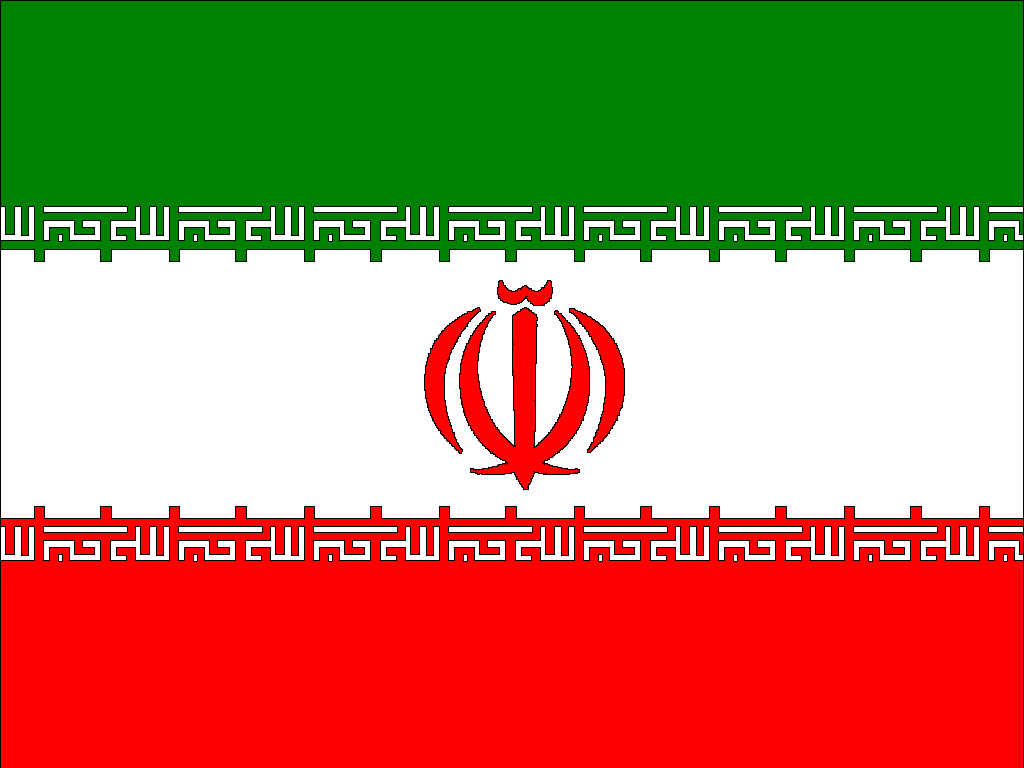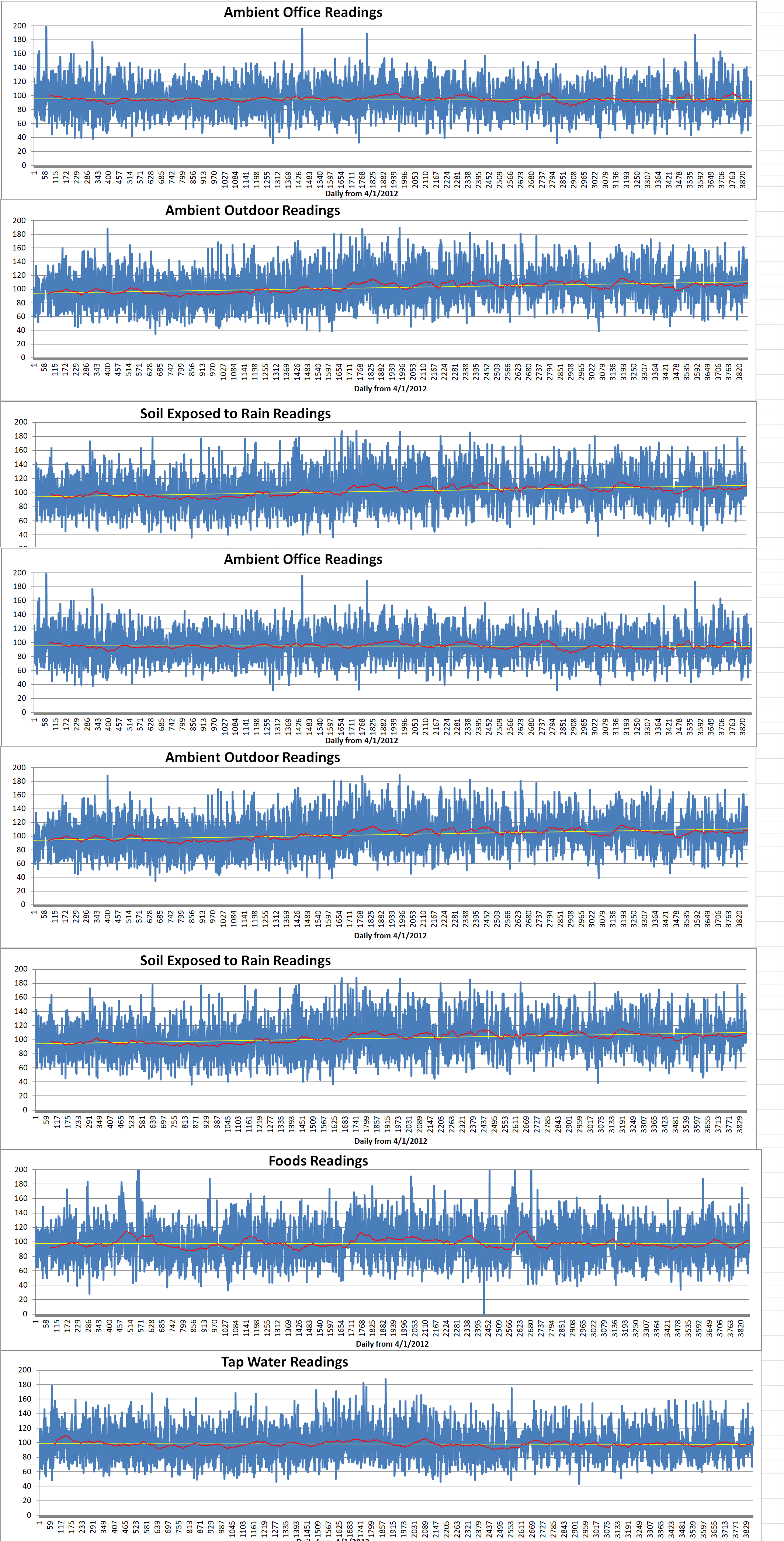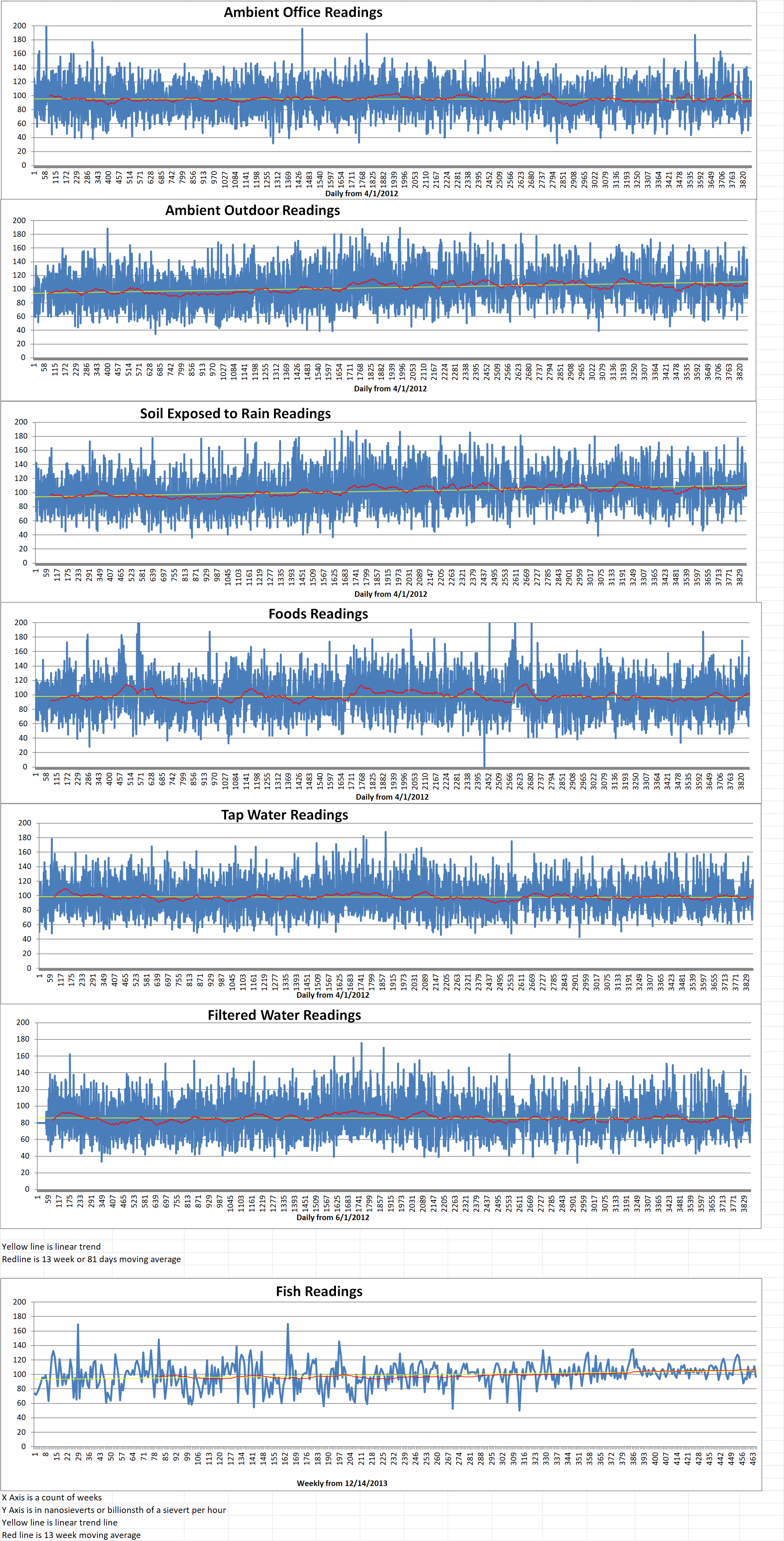Part 2 of 2 Parts (Please read Part 1 first)
The Iranian mission to the U.N. responded to questions about Grossi’s remarks. They said that Iran “is prepared to stick to its commitments within the framework of the (deal) provided the other parties do the same. The Iranian nuclear program has never been about making nuclear weapons and enriching has nothing to do with deviating from it.” These comments were made despite Iran accelerating its enrichment after the collapse of the 2015 deal.
Iranian state television separately quoted Mohammad Eslami who is the head of Iran’s civilian nuclear program. He said that Iran would welcome a visit by Grossi to the country.
As Iran’s rial currency plunge further to historic lows against the dollar amid its crises, Iranian officials also have made unsupported claims about American officials agreeing to their demands for frozen money abroad being released.
At the U.S. State Department, the concerns about Iran’s claims have grown more and more pointed. Ned Price is a State Department spokesperson who responded to a question on Monday. He said, “We’ve heard a number of statements from the Iranian foreign minister that are dubious if not outright lies, so I would just keep that broader context in mind when you point to statements from the Iranian foreign minister.”
Price and other officials in the Biden administration say that any future talks with Iran remain off the table as Iran cracks down on months-long protests after the death of ZMahsa Amini. She was a young woman detained in September by Iran’s morality police. At least five hundred and twenty seven people have been killed and over nineteen thousand five hundred arrested during the unrest. This was reported by Human Rights Activists in Iran, a group monitored the protests.
Another part of American and European exasperation comes from the fact that Iran is sending bomb-carrying drones to Russia which have repeatedly targeted Ukrainian power plants and civilian targets. Iran has a strained history with Russia. It is not clear what they expect to get for supplying weapons to Russia. One Iranian lawmakers has suggested that Iran could get Sukhoi Su-35 fighter jets to replace its aging fleet of pre-1979 U.S. warplanes. No such deal has yet been confirmed.
Such fighter jets would provide a key air defense for Iran. This could be critical as its nuclear sites are tempting targets for Western nations fearful of an nuclear armed Iran. Israel has carried on strikes in Iraq and Syria to stop nuclear programs. It has publicly stated that it will not permit Iran to obtain a nuclear weapon.
The U.S. and Israel also launched their biggest joint air, land and sea exercise this week with over one hundred and forty warplanes, an aircraft carrier group and almost eight thousand troops called Juniper Oak. The Pentagon described the drill as “not meant to be oriented around any single adversary or threat.” However, it comes amid increasing tensions with Iran and includes aerial refueling, targeting and suppressing enemy air defenses. Such capabilities would be crucial in conducting airstrikes.
For now, Grossi said that there was “almost no diplomatic activity” over trying to restore the Iran nuclear deal. He now describes the agreement as an “empty shell.” However, he still urged more diplomacy as Iran would still need to design and test any possible nuclear weapon. “We shouldn’t give up,” he said.

